David was 42 when he died from stomach cancer. He spent the last year of life receiving useless chemotherapy and debilitating radiation. More important, David was in terrible pain, all the time. He lay in bed for agonized months, as the cancer destroyed his ribs, back and lungs. Finally, David was rushed to a hospital, plugged into a breathing machine and invaded by countless IVs. Agitated, in pain, he died despite a futile storm of tests, drugs and several rounds of rib-cracking CPR.
His wife, previously positive, happy and successful, never recovered. She quit work, drank heavily, and spun into a therapy-resistant depression. 12 months later, she used those same pills to take her life.
At the time of David’s death, his son was 17. The teenager found comfort in the kind of pharmaceutical intervention that come from bottle and needle. A high school dropout, he was in jail by 20, and although paroled at 23, found the streets too much. Back in prison by 26, his life dissolved to rubble.
David’s suffering, poorly controlled during that precious last year of life, and the tragedy of his last days, were a direct result of the failure to plan for the inevitable and the inexcusable negligence of his caregivers to provide comfort. That misery transferred to those he loved. David’s pain continued after death.
Ernest Becker taught that our malignant fear of death drives the pathology of all societies, and thereby man may be a diseased and doomed species. In that light, David’s end-of-life journey amplified our universal injury. The anger, fear, loss and confusion of David’s family sickened them, and the hundreds of other people they touched, spreading like cancer throughout humanity. Their pain is in all of us, augmented by the screams of the thousands of patients who die in similar agony, everyday.
Our failure to have open, meaningful and realistic conversations around our personal mortality, results in suffering not only of each patient and family, but of civilization itself. While mega-atrocities dominate the front page of every paper and website, underlying that chaos is the banal pain of our lives
Of course, this is a cycle. We do not talk about or plan for death, because we deny our mortality, and in doing so we make the pain of dying worse, which than ripples across society, to fan our subconscious horror.
Perhaps, therein lies an opportunity; a way to begin a universal conversation about dying. Instead of an abstract struggle to recognize man’s psychoanalytic flaw, his status as a demi-god with which he cannot cope, start with a simple goal; what can be done to help one patient and one family.
The “core purpose” of the American Association of Hospice and Palliative Medicine (AAHPM) is to improve the care of patients with life-threatening or serious conditions through the advancement of hospice and palliative care. Given what we know about inadequate pain control at the end-of-life, ubiquitous futile treatment for incurable illness, and poor final planning by millions of patients with terminal disease, this is a vital mission.
The AAHPM, the American Medical Association, CMS and countless other health leadership bodies, have seized on quality end-of-life care as a mandate to prevent individual suffering, a basic support to families and foundational to the distribution of scarce resources. Palliative medicine improves clinical outcomes, quality of life and from a purely financial sense, makes solid business sense. These goals are noble and important. What is missed in that focus on improving the care around dying is the most critical mission. True holistic, open, honest conversations about the end-of-life, can save the world.
Seen this way, hospice care is a stealth grass-roots campaign to save the species; better end-of-life conversations may improve our understanding of the dominance of mortal fear in the decisions we make. This is kind-of-like recycling your newspaper, learning to drive 55 MPH or using low wattage bulbs. These do not individually make a difference, but they lay a foundation on which to build an entire system of environmental health and therefore address global warming. A caveat applies to both the environment and death; one hopes we are not too late.
The growth of hospice, which reached America in the 1960s, but expanded logarithmically after the 1983 Medicare Hospice act, has gradually transformed healthcare. Nurses and doctors are trained to emphasize end-of-life discussions. Hospice and Palliative Medicine has expanded as a formal specialty. Even the choice of assisted suicide, has become a public conversation. In 1950, 85% of patients in America died in hospitals and nursing homes. By 2015, 45% of terminal patients received hospice care, most at home.
Two years ago, the American Society of Clinical Oncology (ASCO), in collaboration with AAHPM, held their first convention devoted solely to end-of-life care; a remarkable moment, given that most cancer patients during the 50 years that ASCO has existed, died. This signals a new openness to conversation around dying, even among those that treat the dread disease.
By reducing the number of horrible experiences, like that of David, palliative medicine may decrease the ambient circulating pain in society. Even more critical, if we can accept that we are mortal, then perhaps we can begin to face that how we cope with death is the basis for all the decisions we will ever make, the foundation of our lives. By empowering this vital introspection, we may achieve something greater. A future for all of us.

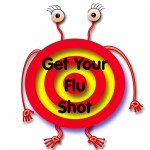
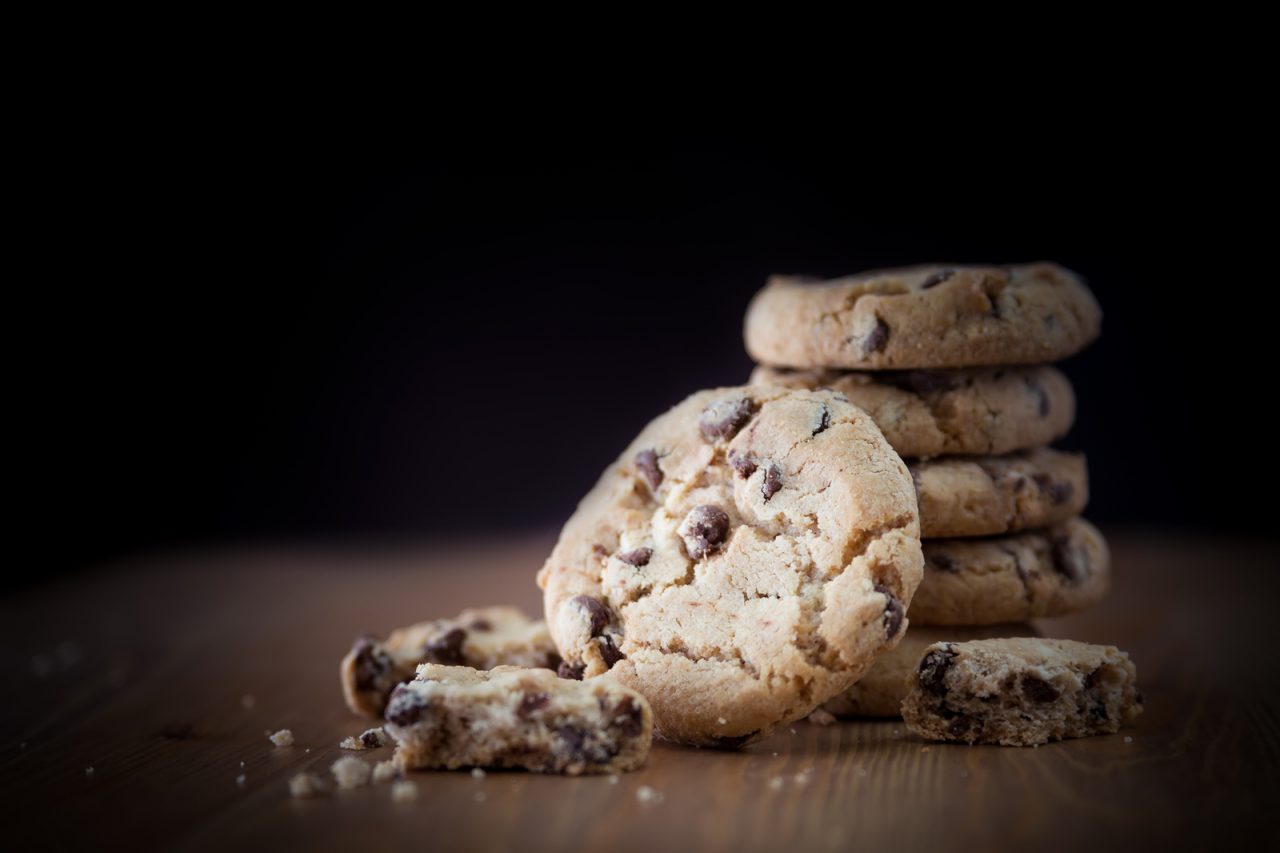
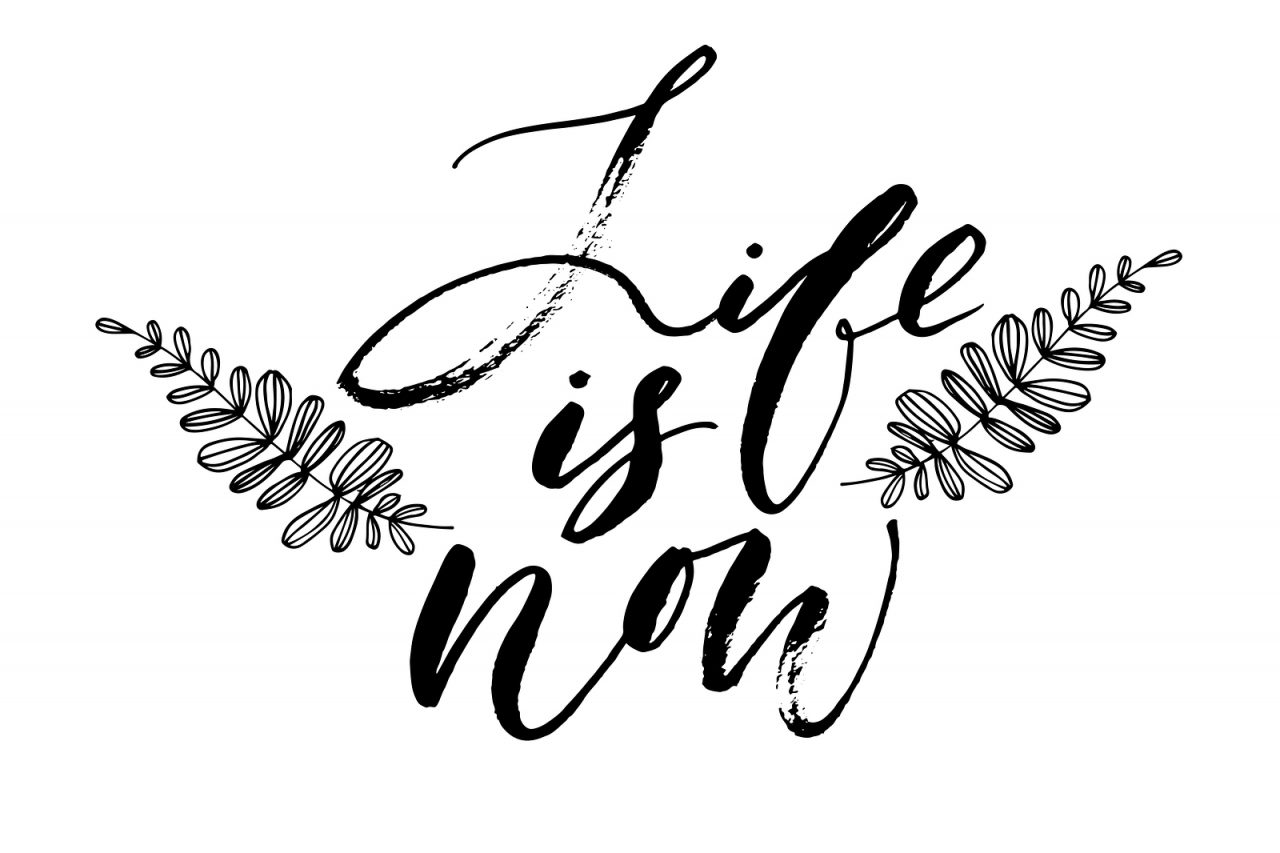
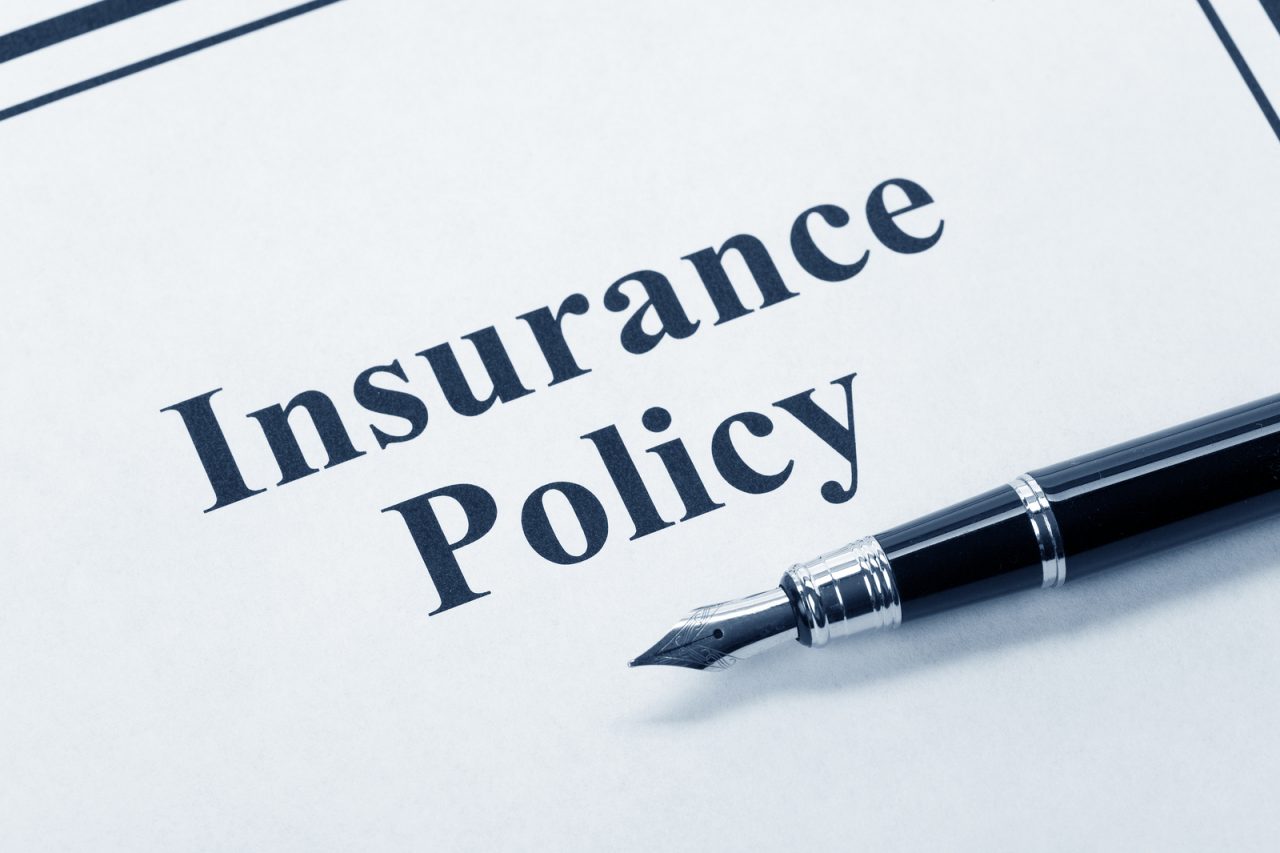
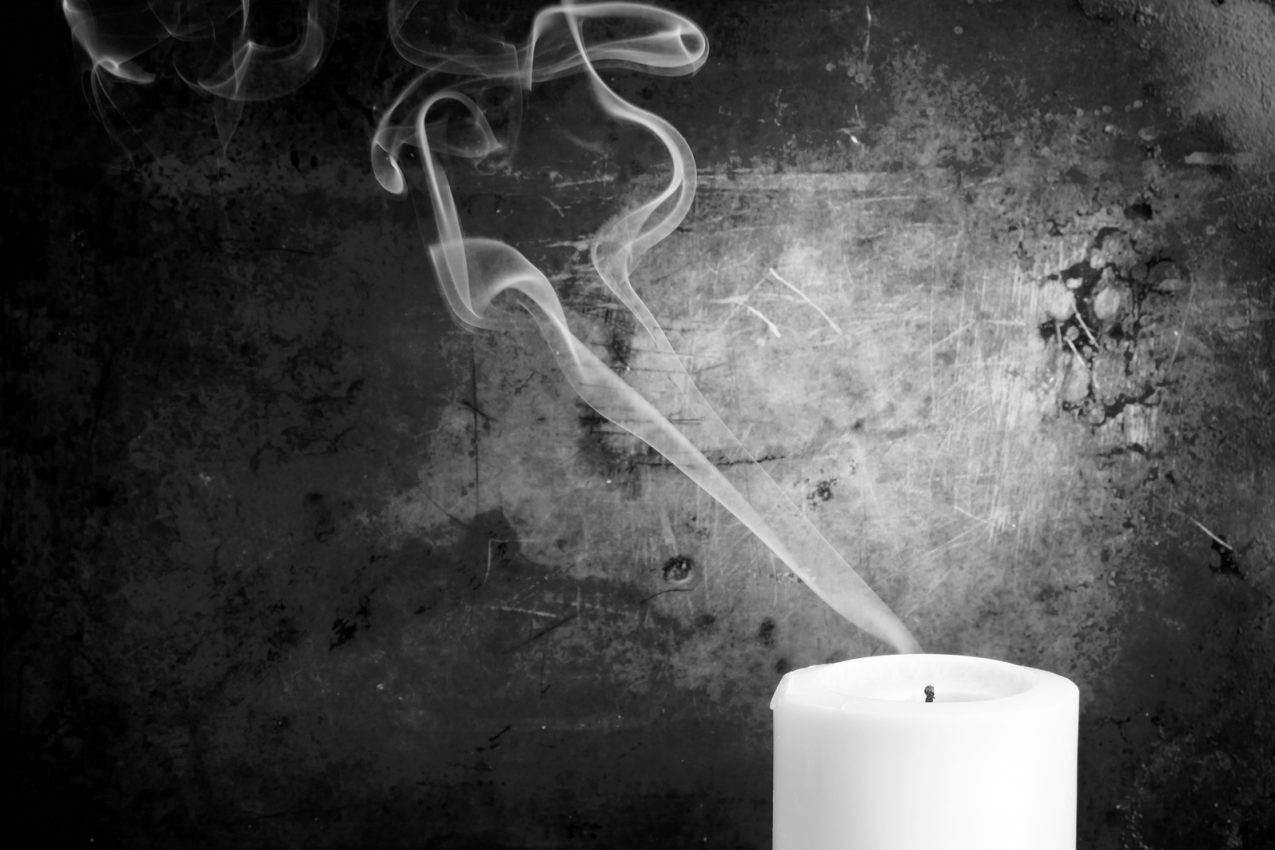
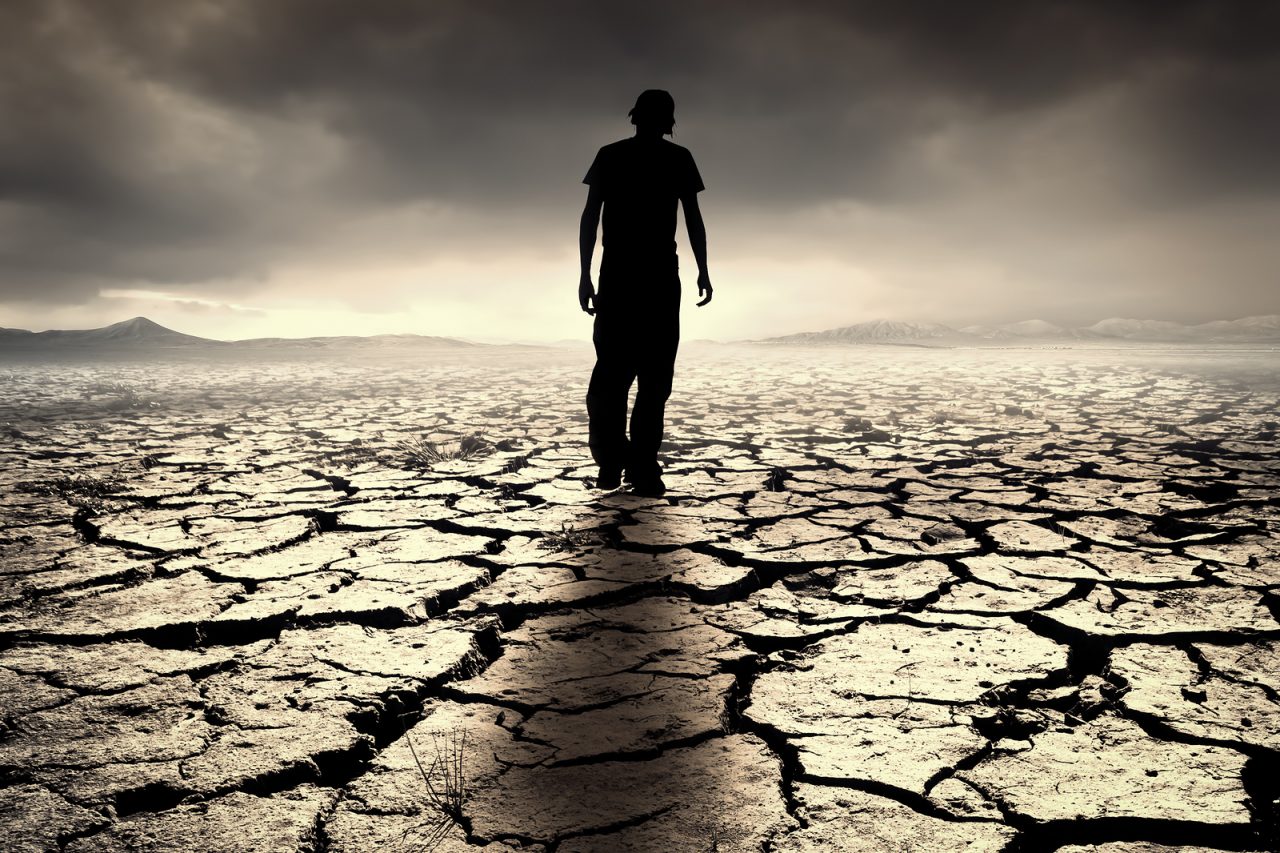
6 Comments